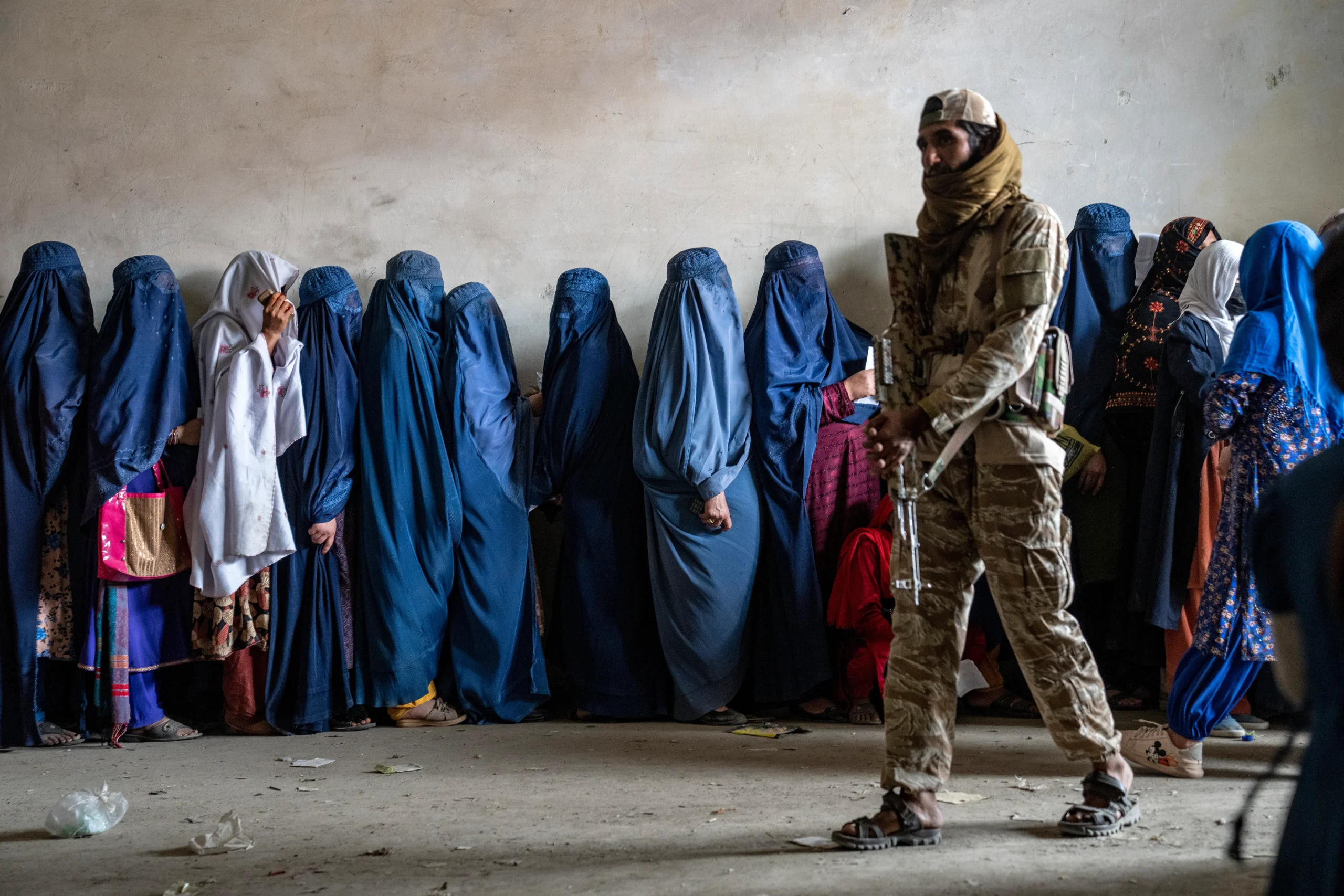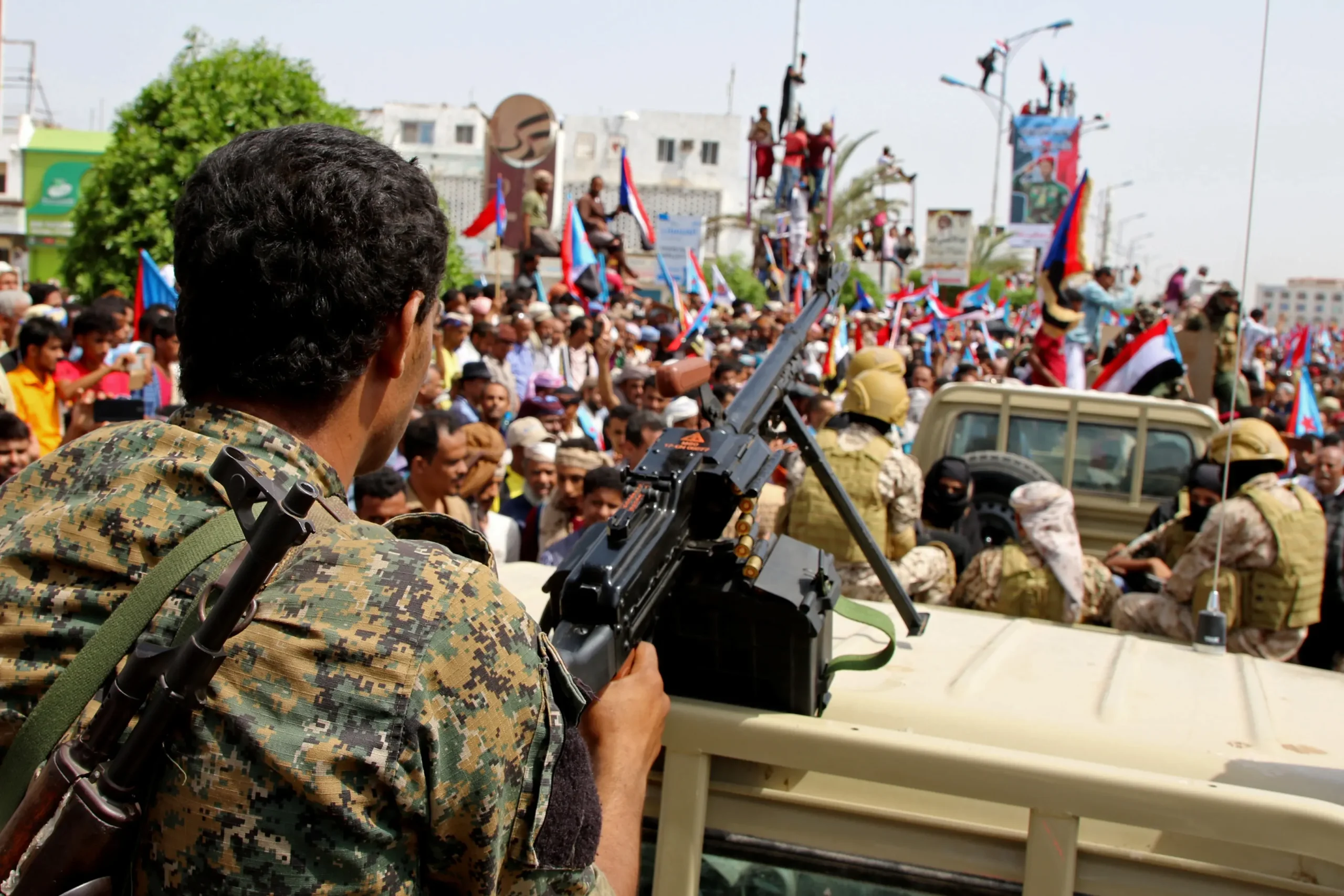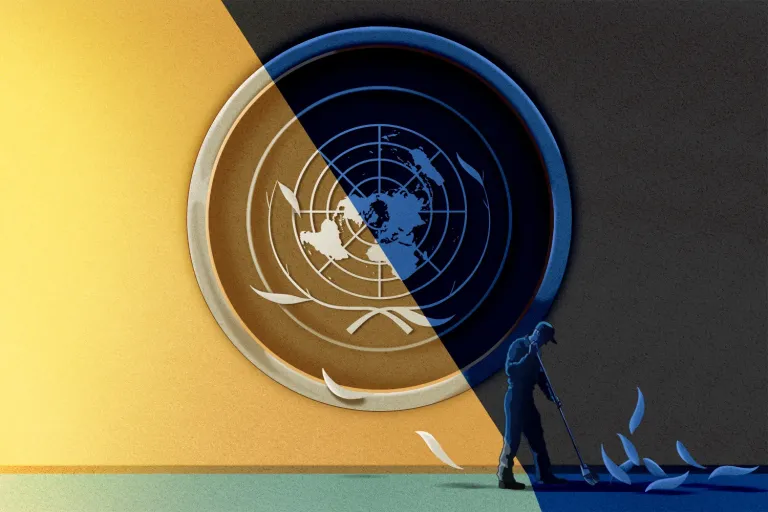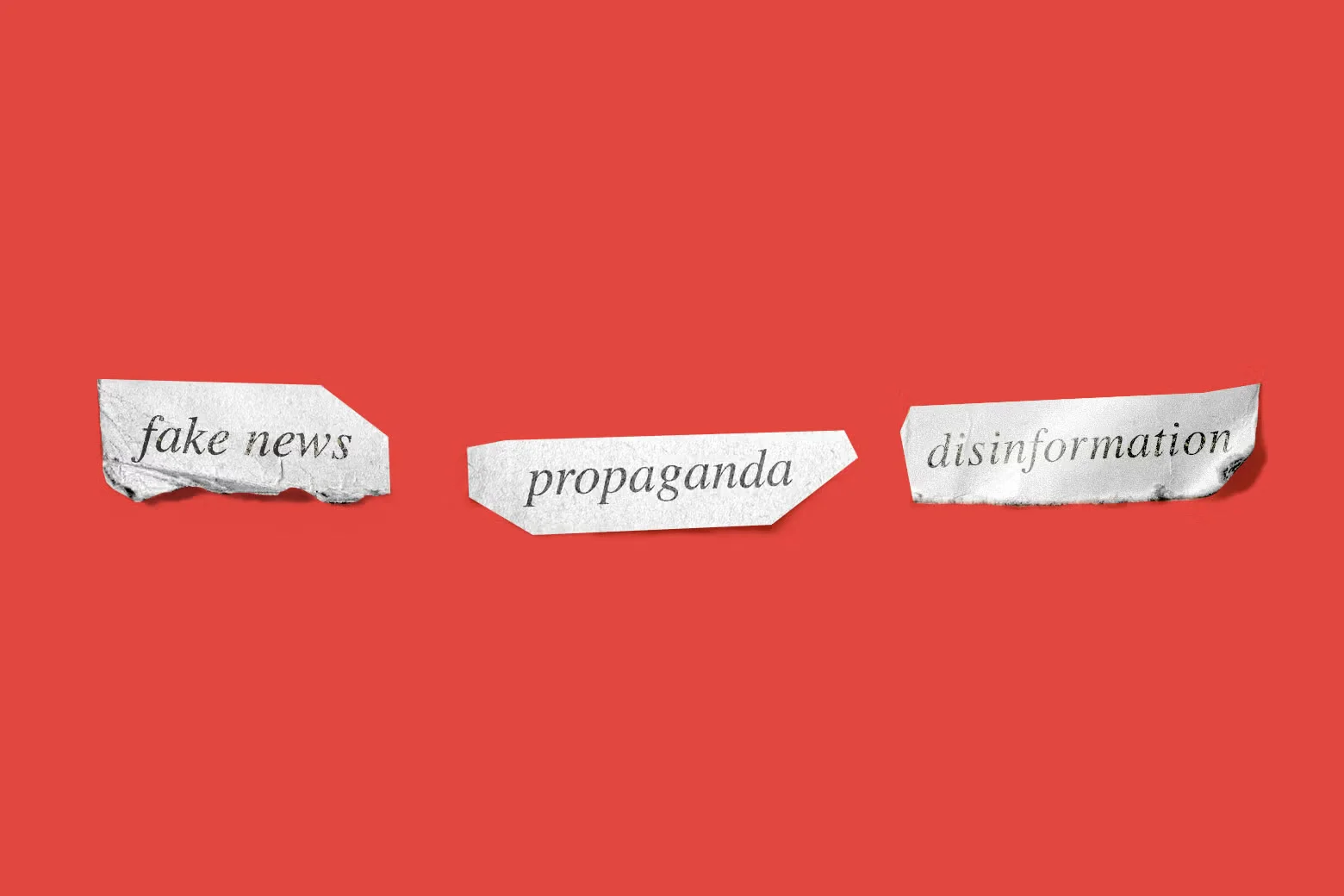On April 16, in the presence of State Minister of Rural Roads and other Infrastructure, Nimal Lanza, a programme to plant 2 million saplings with the goal of raising forest density and forest cover in Sri Lanka under the theme \”Surakumata Parisaraya\” will begin at Ragama Diyagala Boys\’ Town. The tree planting was timed to coincide with the auspicious period for Sinhala and Tamil New Year tree planting.
Ruling Party Objective
The above-mentioned scheme was implemented in accordance with President Gotabaya Rajapaksa\’s National Policy Framework. This will result in the planting of 2 million saplings over the course of four years. This will include the planting of exotic and eco-friendly plants native to each region. As a result, plans are in place to plant 500,000 saplings by 2021.
Furthermore, The purpose is to increase the minimum vegetation density and forest cover in the Gampaha District. Subsequently, the Government has ordered to carry out afforestation in all the designated locations.
Many government officials were present, including MPs Nalin Fernando and Upul Mahendra Rajapaksa, Secretary to the State Ministry Prof. Ranjith Dissanayake, Chairman of the Road Development Authority Chaminda Athuluwage, and Chairman of the Central Environmental Authority S Amarasinghe.
Subsequently, the program is under the leadership of Prime Minister Mahinda Rajapaksa and Minister of Highways Johnston Fernando will initiate it. Further, on the orders of Chairman of the Presidential Task Force on Economic Revival and Poverty Alleviation, Basil Rajapaksa, to make President Gotabhaya Rajapaksa\’s \”Vision of Prosperity\” a reality.
Sri Lanka\’s Current Situation
Moreover, the area protected by natural forests in Sri Lanka decreased from 80 per cent in 1820 to 43 per cent in 1948 due to deforestation. The British colonization exacerbated the situation. Ultimately, this expanded the tea, coffee and rubber plantations from 1801-1948. In the year 2000, the natural forest cover had dropped to 23%.
Statistically, Forests occupied 29 per cent of Sri Lanka\’s land area in 2010. (this number includes forest plantations). [number four] Population growth, road building, wood processing, agricultural expansion, and forest cleaning by private businessmen are all factors contributing to recent forest destruction.
Lastly, Sri Lanka\’s government has set a goal of raising the amount of land protected by forests. The government plans to increase it to 32 per cent by 2030. The government plans to reforest reclaimed lands, expand urban forests, and improve forest plantations in order to accomplish this goal. Sri Lanka had a means score of 5.83/10 in the Foreset Landscape Integrity Index. The country ranked 94th out of 172 in the 2018 Forest Landscape Integrity Index.





